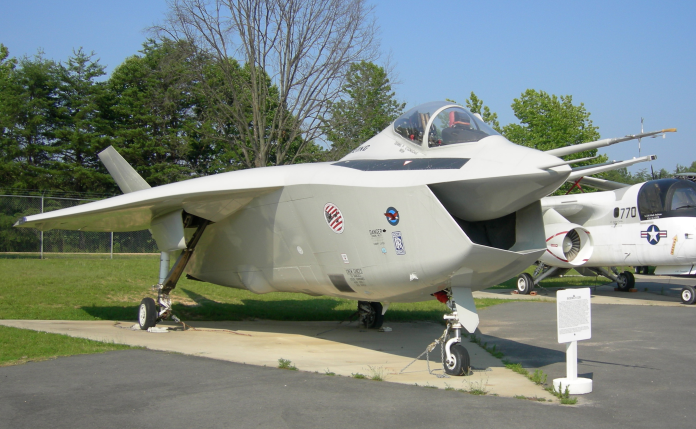
“Dream come true. You can use all those overused clichés. Most of my contemporaries and peers were probably jealous of what I was able to do with the X-32. I don’t know how to put it any better than to say that it was the high point of my career.” These are the sentiments of U.S. Navy Commander Phillip “Rowdy” Yates, chief test pilot of the X-32, echo through aviation history’s halls, reminding engineers and analysts that for every iconic aircraft successful or unsuccessful there lies hidden a tangled web of design genius, technical compromise, and, occasionally, one catastrophic flaw.

1. Handling Qualities: The X-32’s Supersonic Edge
Test pilots who flew the Boeing X-32 in the Joint Strike Fighter (JSF) competition were quick to extol its handling. Yates, having a vast experience with the F/A-18, said, “They had drawn upon F-18 handling qualities and control laws heavily for the X-32. Having flown the F-18 aboard the ship, that was what I said after just a couple of FCLP [Field Carrier Landing Practice], what we might refer to as bounce periods, that I would take that airplane to the ship tomorrow. It was handling that smoothly and precisely.
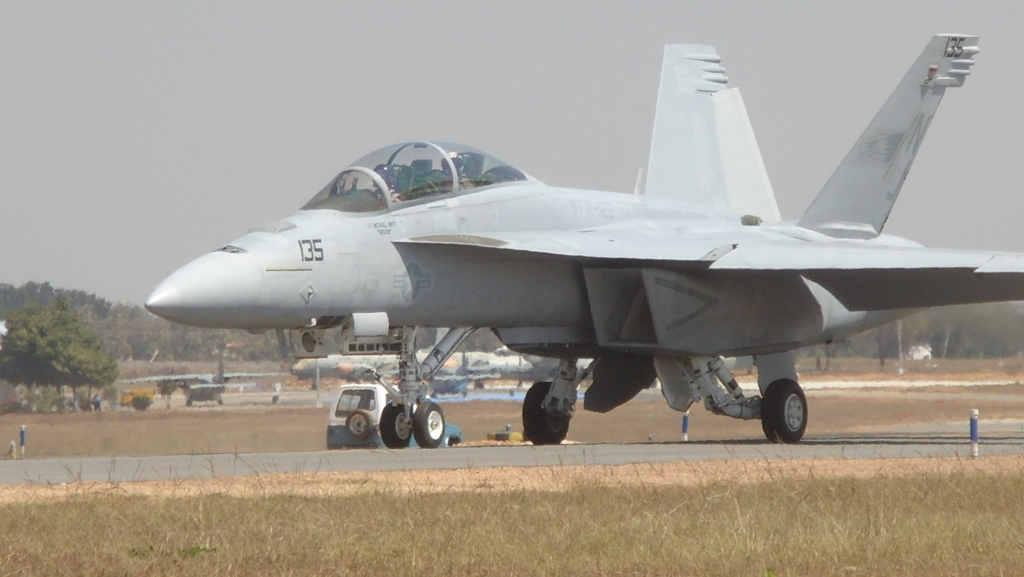
I could make fine corrections, I could make gross corrections back to the centerline, back to the glide path. There were no issues with the handling qualities of the X-32 that I flew” Test pilots lauded its “superb handling qualities,” comparing it favorably to the legendary F/A-18. The X-32’s low- and high-speed agility evinced in 66 test flights was the result of a conscious engineering choice to appropriate successful control laws and flight dynamics from Boeing’s carrier-based heritage.
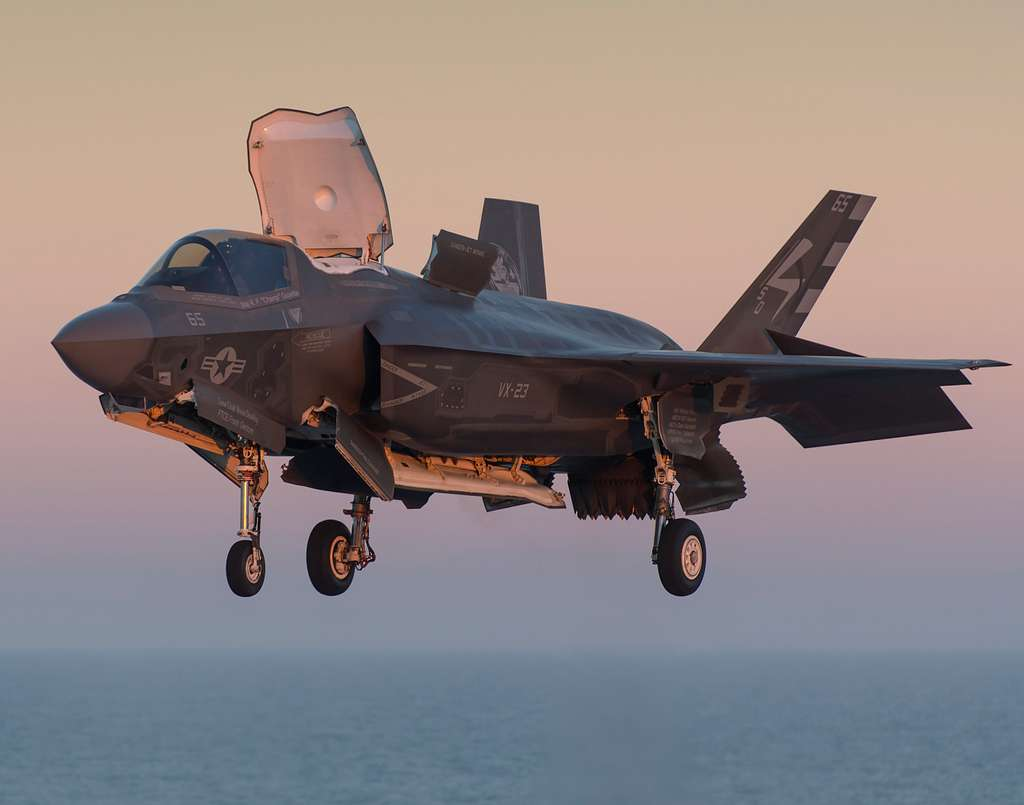
2. The Fatal Flaw: STOVL Recirculation and Overheating
But under the handsome exterior of this “Ugly Duckling” was a deadly weak point. The X-32’s Short Take-Off and Vertical Landing (STOVL) system, modeled after the Harrier’s direct-lift design, had a basic flaw: hot exhaust gases were recirculated back into the engine intake during vertical flight. This resulted in thrust loss and engine overheating, a situation that could not be mitigated within the demonstration program timeline. As Yates described, “That was a big deal. That was most likely the one where we kicked up some dirt a little bit and muttered ‘damn.'” The performance of the X-32B in STOVL mode was so degraded that it had to be tested at sea-level airfields to reach safe hover, whereas its competitor, the X-35, was able to show STOVL and supersonic flight in a single configuration the X-32 needed maintenance personnel to make adjustments to the aircraft before it was allowed to fly in STOVL mode.
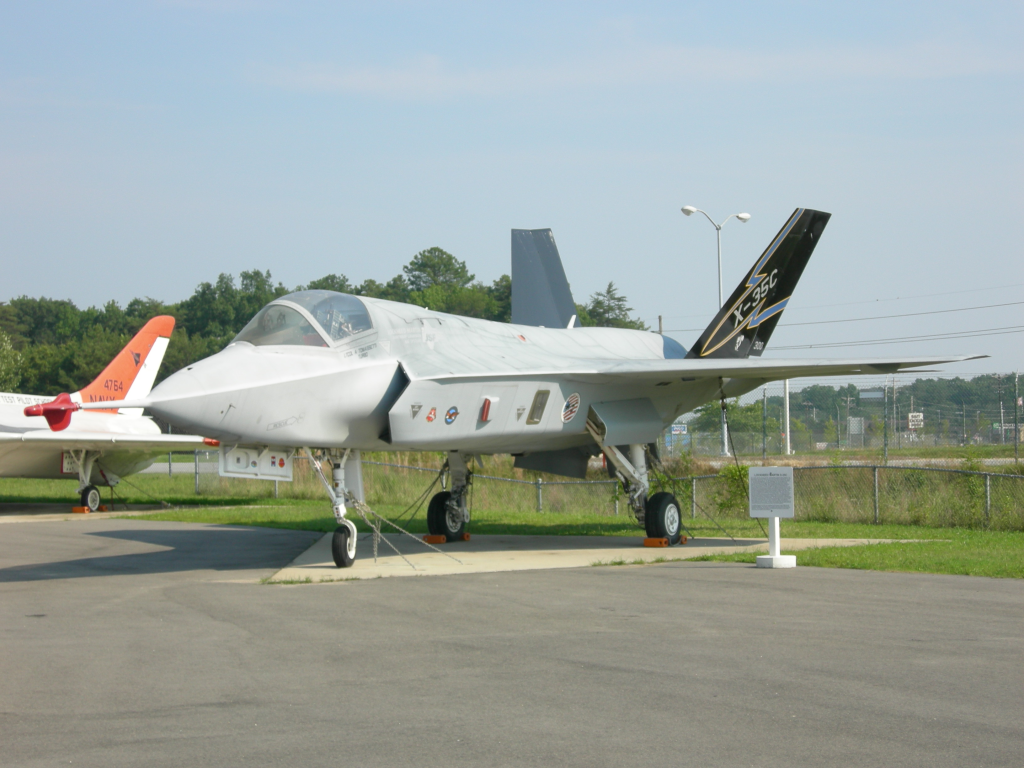
3. Direct Lift vs. Lift-Fan: Rival STOVL Architectures
The JSF competition’s most far-reaching engineering divergence was in STOVL propulsion. Boeing’s direct-lift solution utilized a vectored-thrust, single engine concept validated on the Harrier but constrained by a 1:1 lift-to-thrust ratio. This provided too little room for fuel or payload in vertical operations. Conversely, the Lockheed Martin X-35 featured the Rolls-Royce LiftSystem®, which paired the primary engine to a shaft-driven lift fan that was positioned behind the cockpit. The system provided 60 percent more lift than direct lift and allowed the X-35 to integrate vertical lift and supersonic performance without extensive configuration changes the LiftFan enhances vertical flight as the afterburner enhances high-speed performance. The engineering transition was not only in thrust, but in the capacity to produce cool, high-mass airflow for vertical flight, reducing enormously the possibility of overheating.
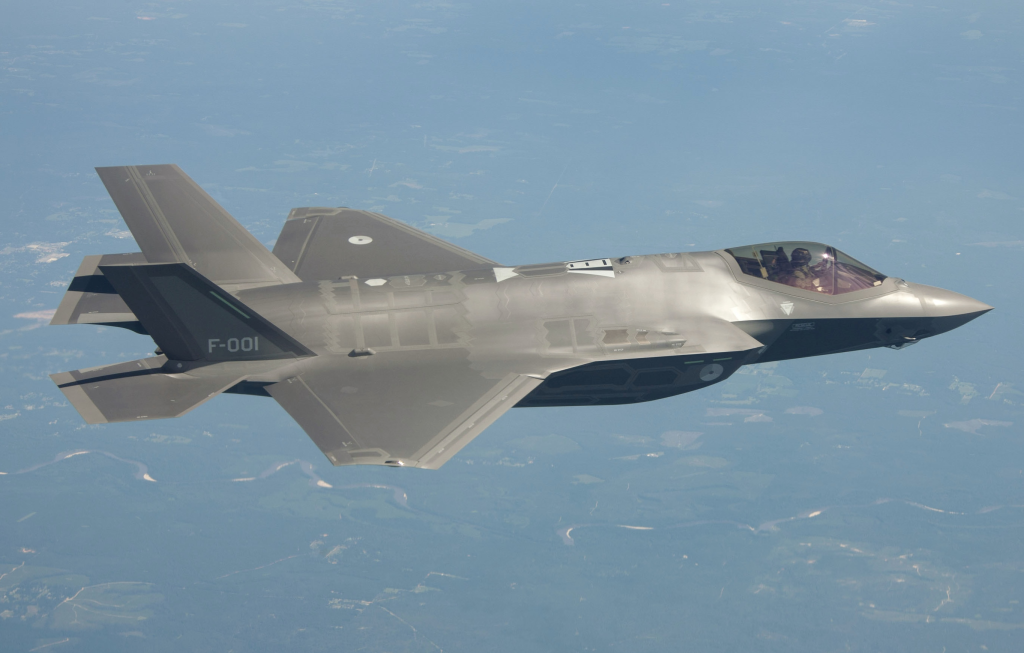
4. Performance Indicators: Thrust, Velocity, Range, and Payload
By sheer numbers, the X-32 was no slacker. It had a superior thrust-to-weight ratio to the F-35 and could achieve the same Mach 1.6 top speed. Its demonstration flights proved formidable supersonic maneuverability and capacity for intricate maneuvers. Nevertheless, the F-35 had greater payload capacity, endurance, and mission flexibility than the X-32. The F-35’s maximum gross weight was heavier, and it could internally and externally carry more ordnance, providing more mission flexibility. Though both aircraft used derivatives of the Pratt & Whitney F119 engine, the delta wing design in the X-32, while innovative regarding fuel capacity and manufacturing cost-effectiveness, placed constraints on payload and suitability as a carrier the delta wing design couldn’t meet the new requirements in terms of performance.
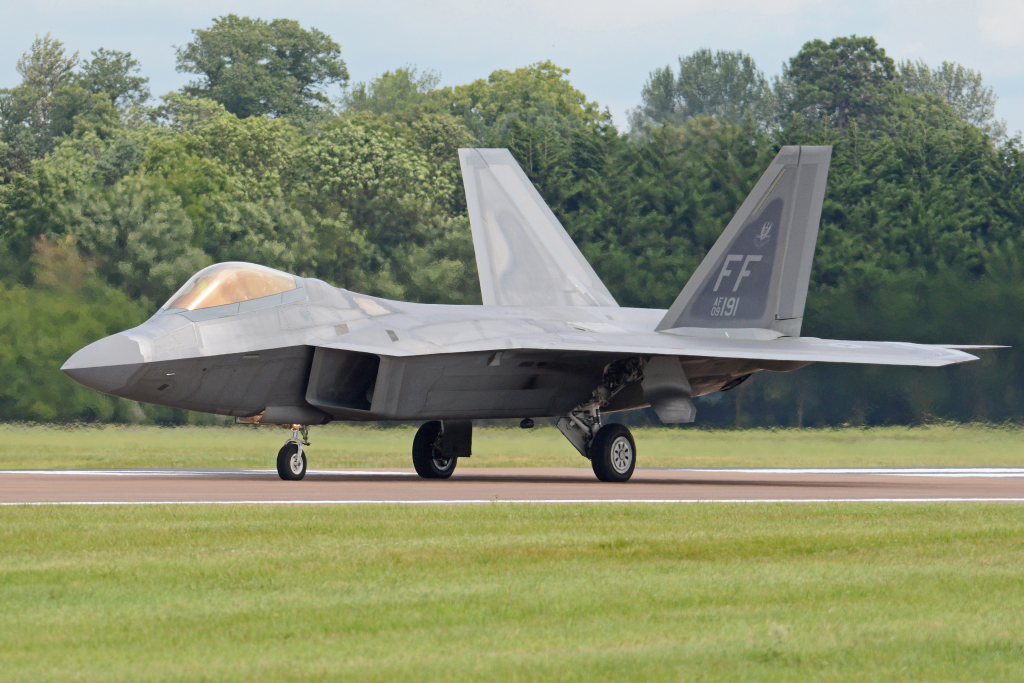
5. Stealth Integration and Design Trade-Offs
Both rivals sought stealth but went about it differently. The X-32’s delta wing and wide chin intake, driven by cost-control and direct-lift demands, created a less traditional profile for the fighter. Although the X-32 had a reduced radar cross-section versus legacy fighters, the F-35’s design further developed from the X-35 added lessons learned from the F-22 and updated stealth shaping, which combined diverterless supersonic inlets and internal weapons bays with minimal compromise. As the program manager at Lockheed explained, “Low observables is essentially a commodity now…signature reduction is nearly … free, as the knowledge that enables stealth no longer is exotic and is built right into an airplane’s fundamental design” lessons learned in rendering doors, cracks, windows, and antennas stealthy on the F-22–on which Boeing and Lockheed Martin are teamed–will translate into JSF as much better techniques.
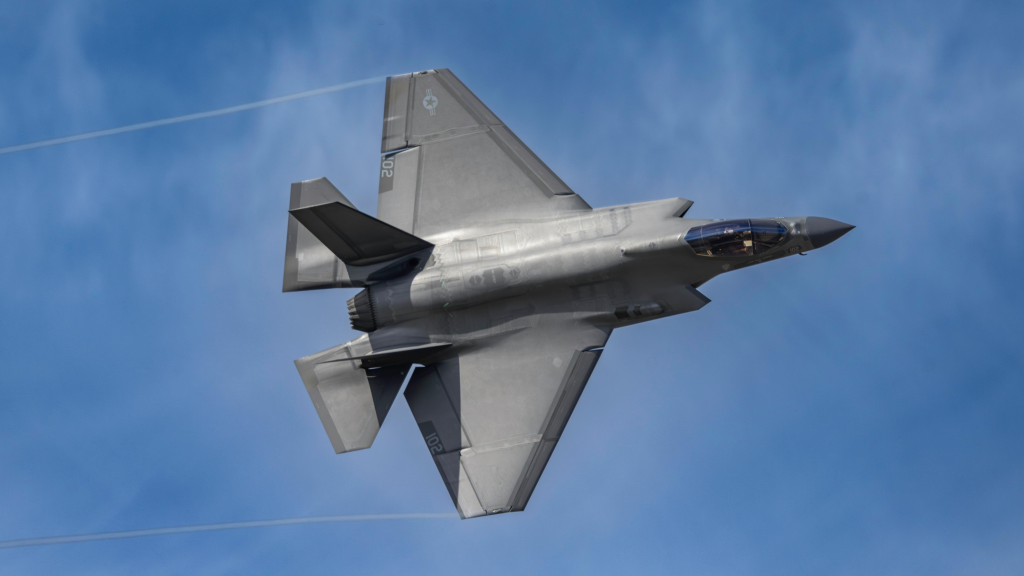
6. Manufacturing Philosophy and Programmatic Decisions
Cost reduction and manufacturing efficiency were the key thrusts in Boeing’s strategy. The X-32 had a single-piece carbon-fiber delta wing, with the idea of part commonality between variants and lower lifecycle costs. This method, as useful as it was, mandated aerodynamic and STOVL compromise. Lockheed Martin, however, emphasized risk minimization and design adaptability, settling for a more traditional wing and tail arrangement that might be “readily ‘tuned’ as the government changes its requirements.” The X-35 demonstrator was much closer to the proposed production F-35, but the X-32’s demonstrator was very different from its proposed final form a consideration that bore heavily in the ultimate decision the X-32 showed something different than the proposed design was not favorably received by the customers.
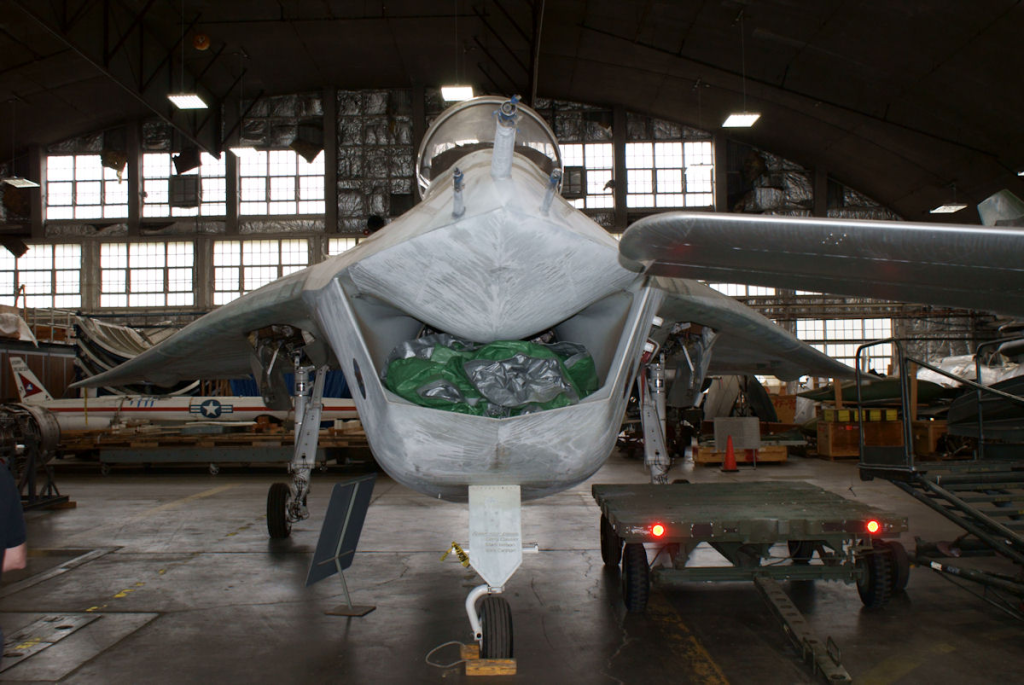
7. The Role of Aesthetics and Stakeholder Perception
While technical performance should dominate military procurement, the X-32’s unconventional appearance became an “emergent property” that influenced perception. As one forum poster bluntly put it, “there would have been a pilot mutiny if Air Force brass had embraced the Vomiting Frog over Panther.” Boeing’s own mantra “you’re taking it to war, not to the senior prom” acknowledged the challenge. The F-35’s more streamlined, conventional fighter shape might have sealed the deal for it, mirroring the fact that stakeholder confirmation in advanced defense projects is as much a matter of faith and consensus as it is of engineering it is possible that views like this biased the choice but at least they show potential problems for Boeing during the Validation process.
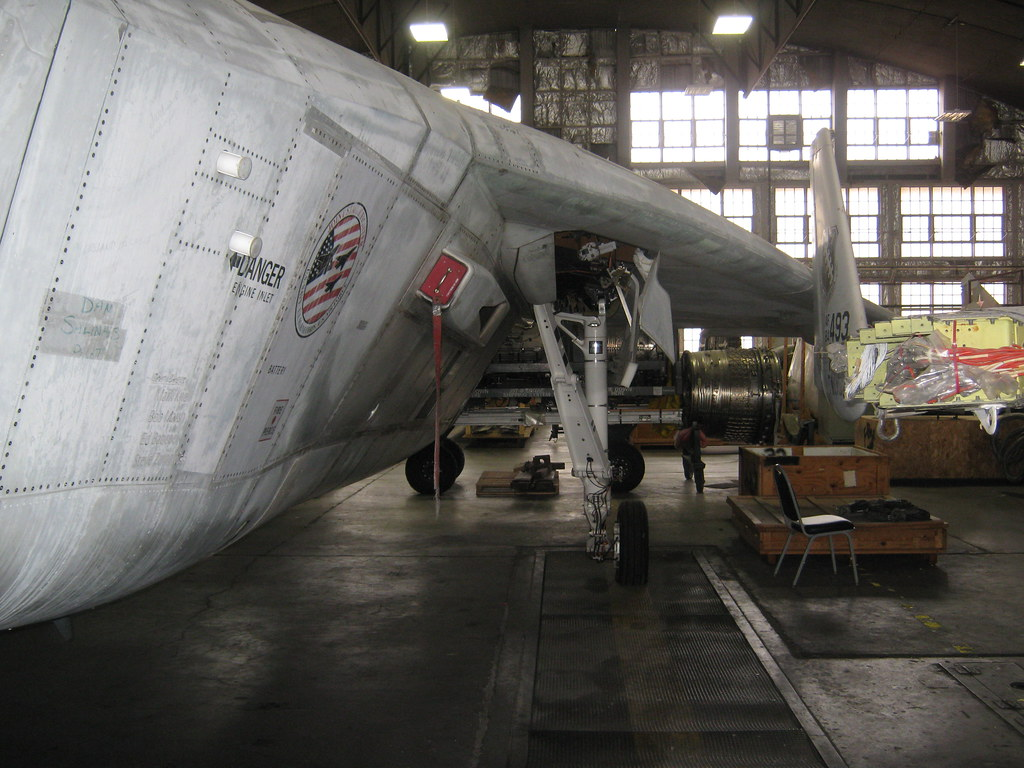
The story of the Boeing X-32 is a study in the unforgiving calculus of modern fighter design. Exceptional handling and innovative manufacturing could not overcome a critical systems flaw and the relentless march of technological integration. The lessons of the X-32 continue to shape aerospace engineering, reminding designers that in the quest for the next great leap, every detail no matter how small can decide the fate of a billion-dollar program.
